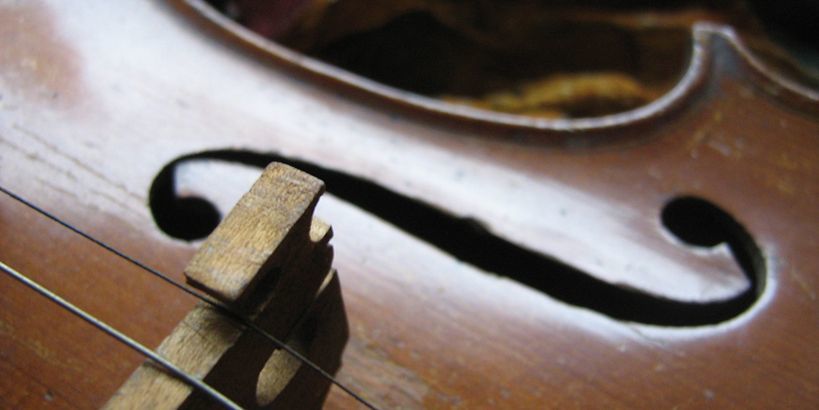When you have a group of musicians of the talent and calibre of the National Youth Orchestra of Scotland at your disposal, there is no point in feeding them on snippets of classical pops far better to give them a challenge that will test them.
That was certainly the case on Monday night in the Caird Hall, Dundee, when NYOS as a prelude to a tour of Ireland gave a performance that swept aside difficulties posed by the atonal dissonance and rhythmic conundrums of Webern and Berg and the strength-sapping marathon of a Mahler symphony.
This they did with youthful panache and belief in their own abilities, both of which underlie any ensemble under the NYOS umbrella.
Anton Webern’s Six Pieces For Orchestra is early 20th century music at its most extreme, swapping the luxury of romanticism for harsh atonal expressionism.
Due to its complicated form, 100% concentration is required and similar commitment is required from the audience if one is to appreciate where the composer is coming from, as snatches of melody are consumed by harsh dissonance.
Works like this deserve their place on the concert repertoire, despite an abrasive nature and steep learning process.
However, it is made easier by mature and competent performances like those of NYOS, whose percussion section deserve plaudits for their efforts.
From roughly the same era but with more lyrical form, four fragments from Wozzeck, Alban Berg’s tragic opera, threw more light on the qualities NYOS possesses and introduced a soprano of exquisite class and projection and flair for dramatic intensity.
Jane Irwin brought the heroine Marie to life, demonstrating a huge spectrum of emotions.
Berg’s fondness for a sudden diminuendo from full orchestra gave her the chance to exploit them all, with sprechgesang (speech-song) an innovative device of the composer, which added hugely to the overall effect.
It was a marvellous performance, backed by the orchestra who seemed to take great delight in the many of the passages without solo voice.
Any misgivings about these two works were blown away by an explosion of Romantic glory.
Gustav Mahler could be considered on the cusp of the 20th century’s musical revolution but to me his Fifth Symphony was the antithesis of what had gone before, with its luxurious harmonies and distinct and engaging melodies.
Although it extends to over an hour, this performance swept by as NYOS delivered a polished display, expertly manipulated by conductor Diego Masson.
Attention should be drawn to the numerous solos that emanated from the orchestra’s serried ranks, most notably the French horn who seemed to make the scherzo his very own.
This was a massive undertaking which resulted in an equally huge performance.
Image used under Creative Commons licence courtesy of Flickr user luchilu.
